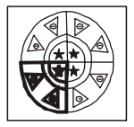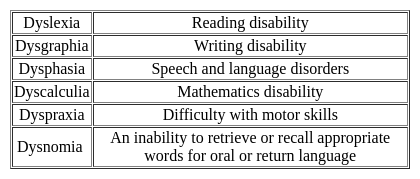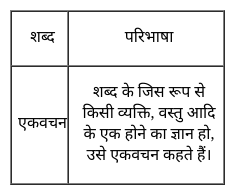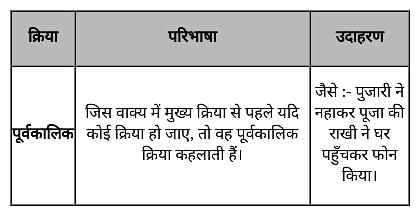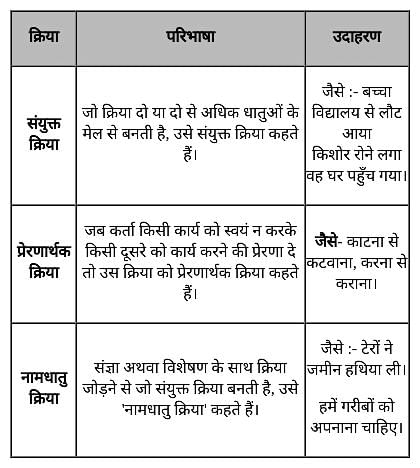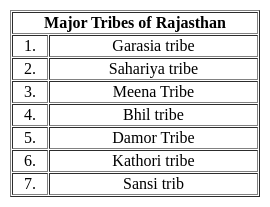KVS PRT Mock Test - 7 - KVS PGT/TGT/PRT MCQ
30 Questions MCQ Test - KVS PRT Mock Test - 7
Fill in the blanks using phrasal verbs.
She does not _____ with her mother-in-law.
People
P: at his dispensary
Q: went to him
R: of all professions
S: for medicine and treatment
The Proper sequence should be:
Q: went to him
R: of all professions
S: for medicine and treatment
Find out which answer figures will exactly make up the question figure?

How to restrict the values of a cell so that only whole numbers between 9 and 99 can be entered in a cell?
Which one of the following statements best summarizes the relationship between development and learning?
A. Development and learning affect each other
B. Development process lags behind the learning process
C. Development is synonymous with learning
D. Learning and Development are parallel processes
Select the most appropriate option to fill in the blank.
This book is _____.
Select the option that expresses the given sentence in future tense form.
Mass protests, sometimes, change the decisions of the rulers in democratic countries.
'उसने नहाकर भोजन किया' - वाक्य में 'नहाकर' किस क्रिया का उदाहरण है?
How many 2/3 kg pieces can be cut from a cake of weight 4 kg?




